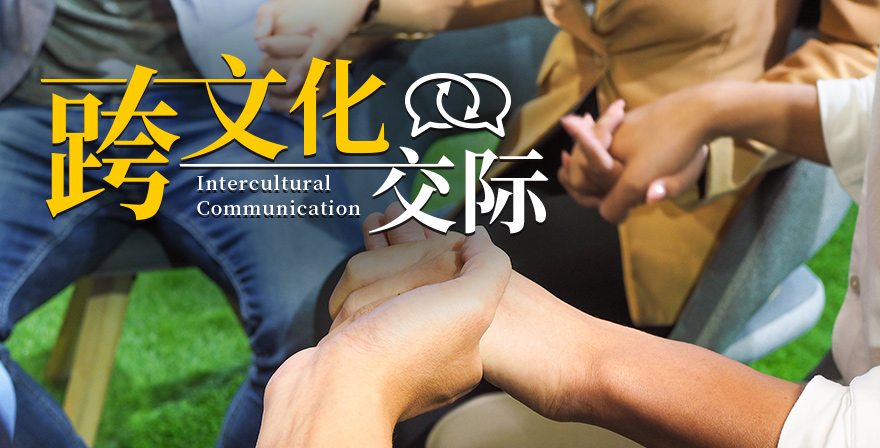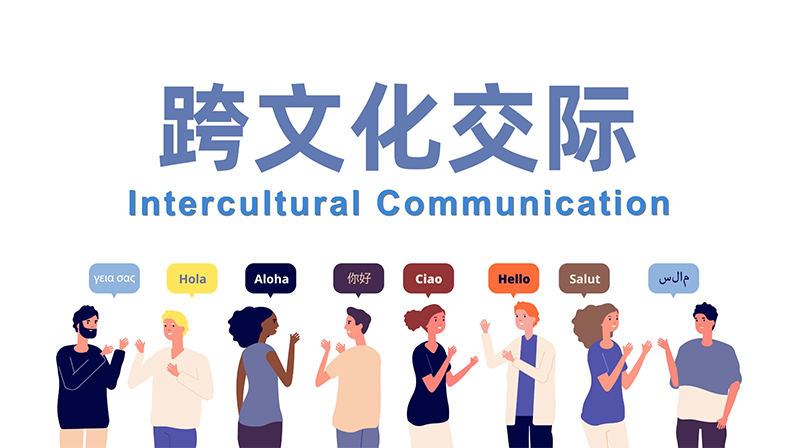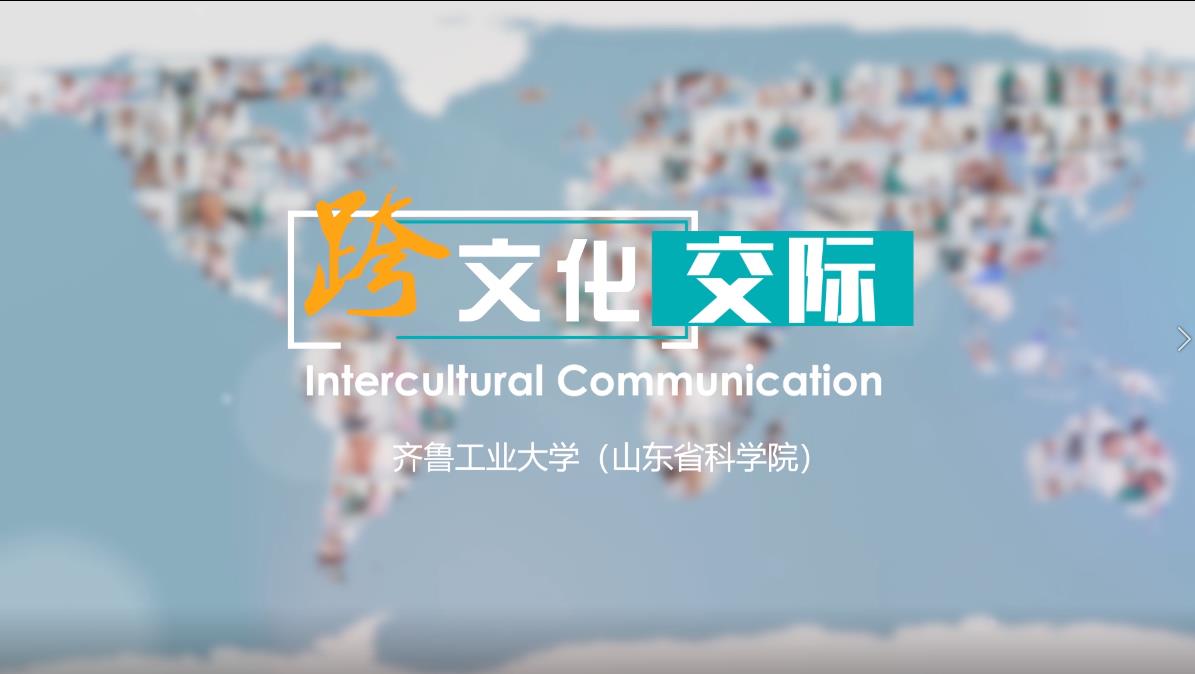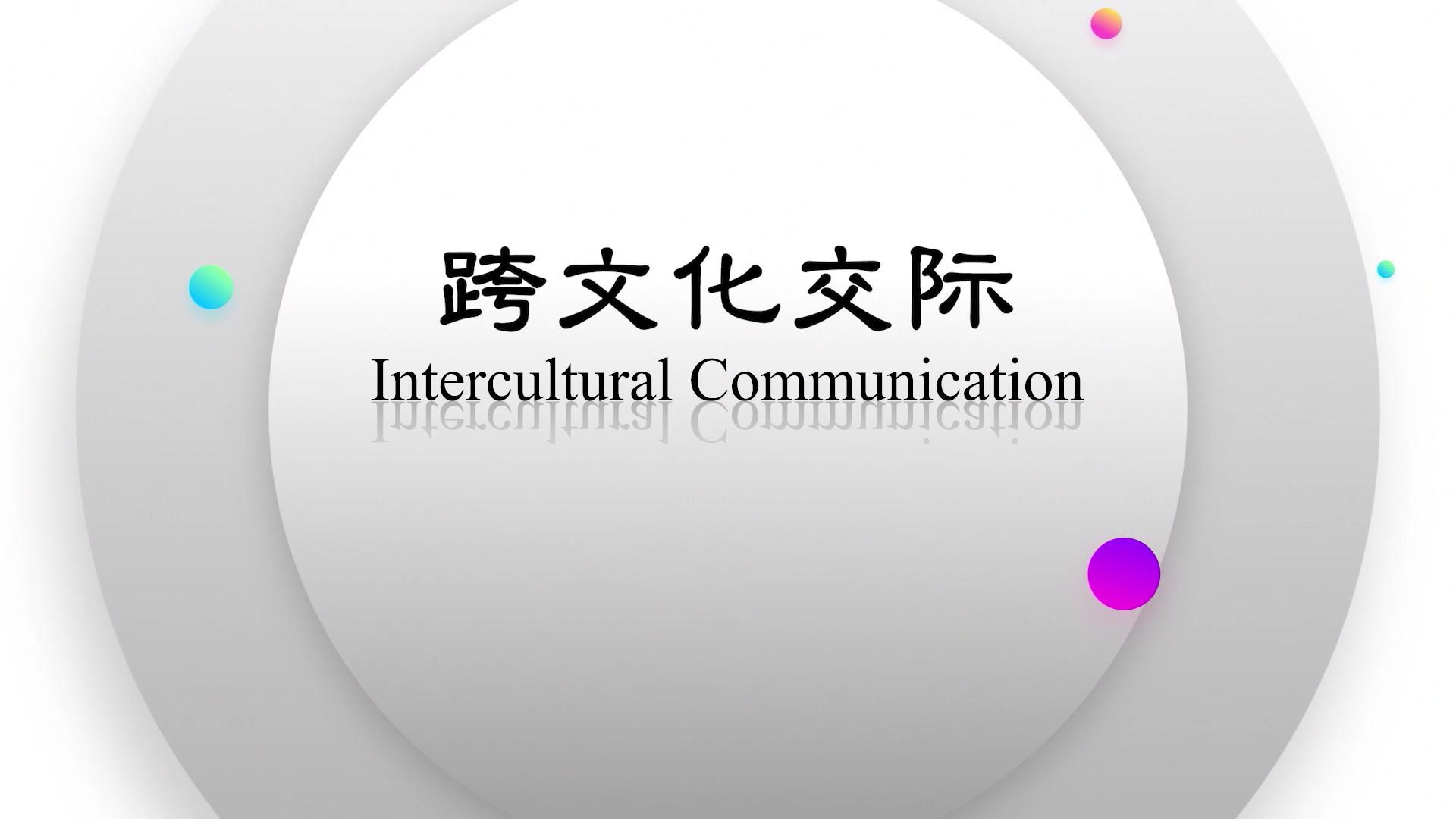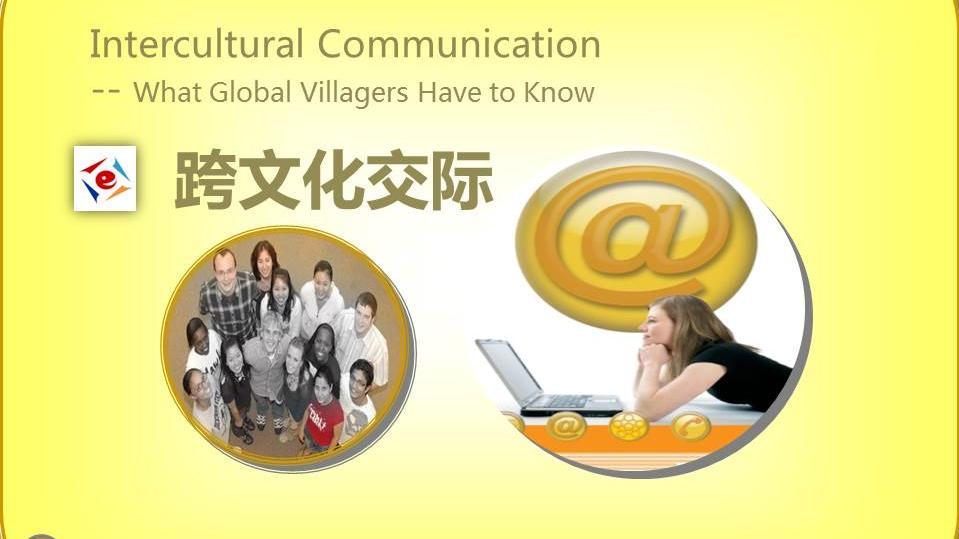第二章测试1.When communicating with someone, which one cannot be regarded as a message?
A:Body language. B: A smile. C:Words. D:Experience.
答案:C
2.As noise increases, the chances for effective communication usually rise, and as noise decreases, the chances for effective communication usually decrease.
A:错 B:对 3.Which of the following are the channels of communication?
A:Sound. B: Smell. C:Sight. D:Source. 4._____________ is a traditional Maori greeting in New Zealand, which is done by pressing one’s nose to another person at an encounter.
A:Namaste B:Bow C: Handing-kissing D:Hongi 5.()are the core of the culture, but are difficult to observe and to know, even in one’s own culture.
A:Artifacts B:Values C:Practices D:Customs 6.Making mistakes at the tip of the iceberg is relatively safe. However, mistakes under the water are much more serious and often lead to communication breakdowns.
A:对 B:错 7.Which of the following are the explicit aspects of culture?
A:Language. B:Ways of thinking. C:Customs. D:Manners. 8.Which function of culture satisfies our need for membership affiliation and belonging?
A:Group inclusion. B:Identity meaning. C:Cultural communication. D:Ecological adaptation. 9.() refers to our tendency to consider our own cultural practices as superior and consider other cultural practices as inferior.
A:Patriotism B:Individualism C:Ethnocentrism D:Collectivism 10.In the larger U.S. culture, middle-class U.S. values emphasize ().
A: family B:achievements C:individual initiatives D: parents
温馨提示支付 ¥3.00 元后可查看付费内容,请先翻页预览!

